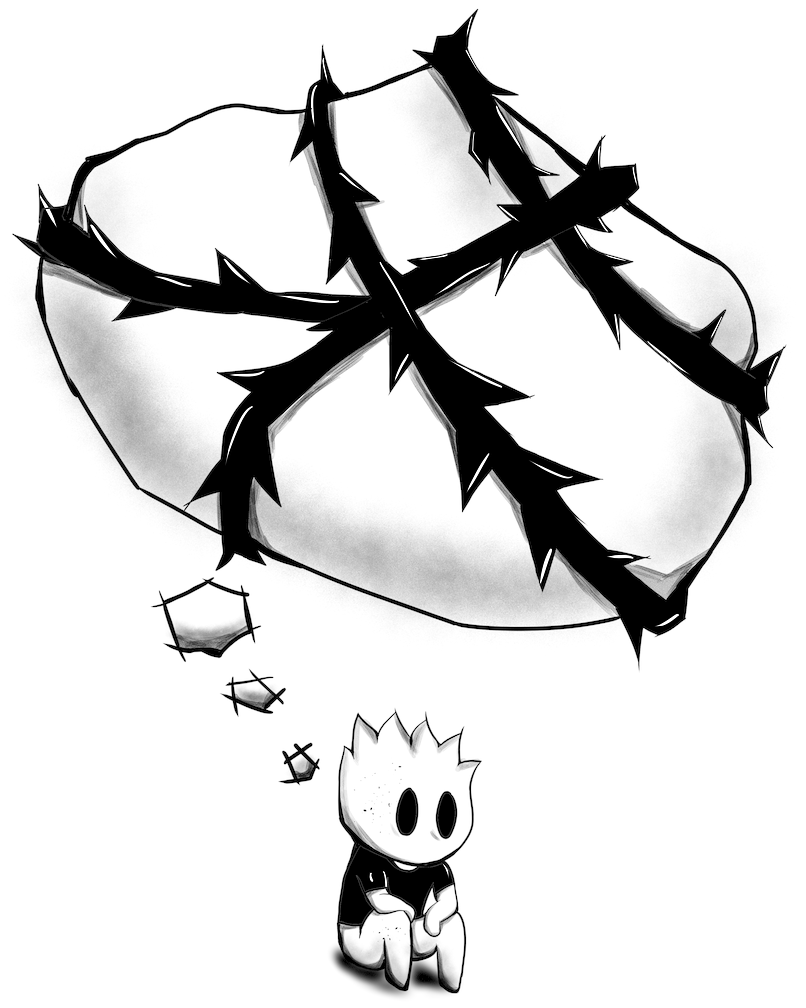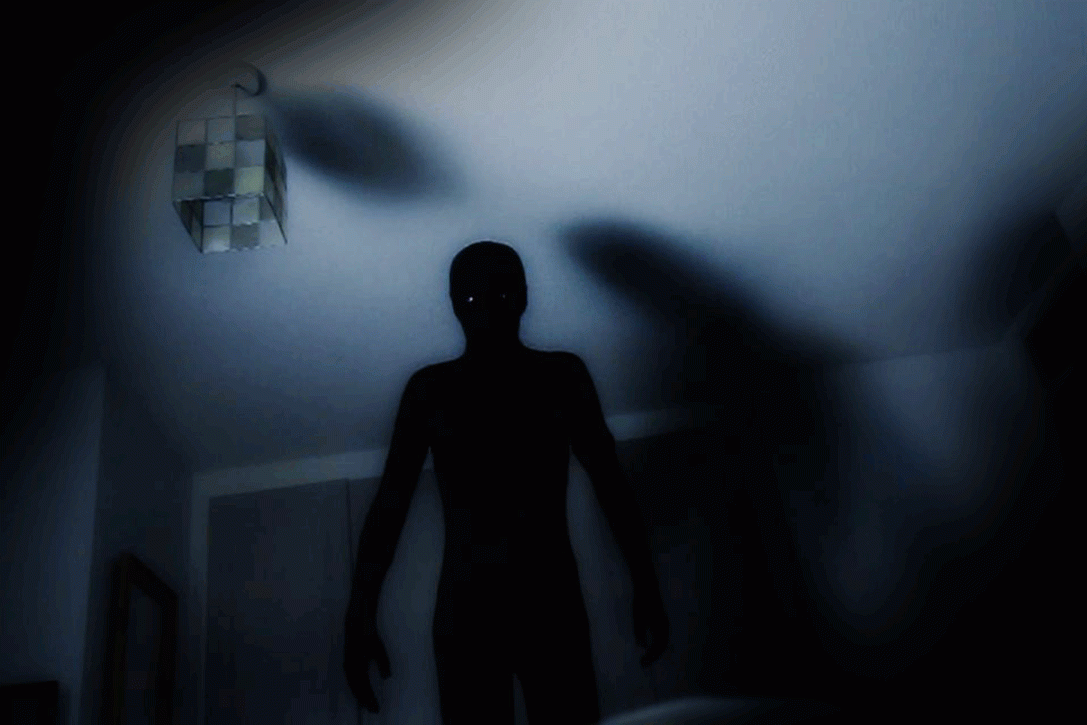Today I found myself enthralled with the Nova documentary “Your Brain: Perception Deception”. Those interested will easily find it on YouTube.
The documentary explored some of the many ways our visual perception does not see everything because it physically can’t. To see everything would take more complex eyes and too much processing power, more than the human brain can accomplish, so the brain performs various short-cuts to estimate and predict the rest. It stitches together all these predicted estimates into what we think we see, but most of what we see within our field of view is just a guess created by our minds.
I love stuff like this. It challenges everything we believe to be true. I strongly believe that the human mind is unlikely able to understand the true universe, and in our struggle to do so we create rules that make sense to us, and we fail to see the rest because it’s too difficult to incorporate. Studies like those highlighted in the documentary prove that what we see isn’t everything; we only see what we expect to see not what’s actually there.
If one expects to see blue; they see blue. However, someone else may see white. One may hear the name Laurel when someone else hears Yanny. These conflicts aren’t from a flaw in anyone; it’s from each individual brain’s guess as to what it is. Both are right; both brains make separate realities based on what it believes it perceives.
As I let these concepts stew in my brain, I began to wonder about supernatural occurrences people report seeing, such as the “Shadow People” as they have come to be called in some circles.
People who see shadow people report that they quietly watch and follow, and exude a vibe that ranges from curiosity to threatening, often that latter. Some are even attacked by these shadow people. The reports have similarities to ghost sightings with the prime difference being shadow people are pitch black, even darker than nearby shadows and sometimes with visible eyes; they are often tied to shadows that they slip in and out of as if to allow them a place to hide and are able to use those same shadows to travel undetected by humans.
Even I once saw these shadow people peeking through a window at odd angles that would require a human to hang from the roof or stick to the side of the house. Most of them had red eyes and seemed to smile as if trying to scare me, but I don’t remember seeing any mouths. Granted this was after some serious sleep deprivation, so I chalked it up to my brain struggling with a lack of sleep. But the unsettling sense of fear still seems anchored to that memory.
Since tests prove most of what we see are guesses made by the brain, are these brains inclined to believe in ghosts or shadow people so they incorporate that belief into its estimation, along with inquiring or fear sensations, or do these brains sense something just out of reach of regular perception and fails at guessing what it is and scares itself because it doesn’t know how to interpret the sensation?
Both avenues are fascinating and unsettling. We know so little about our reality and our brain’s functions it takes to guess at what that reality is. I’m not sure we’ll ever know, but I admire the scientists who dare question reality so that maybe one day we might be able to have a better guess as what is really there for those who see nothing and for those who see fear.

